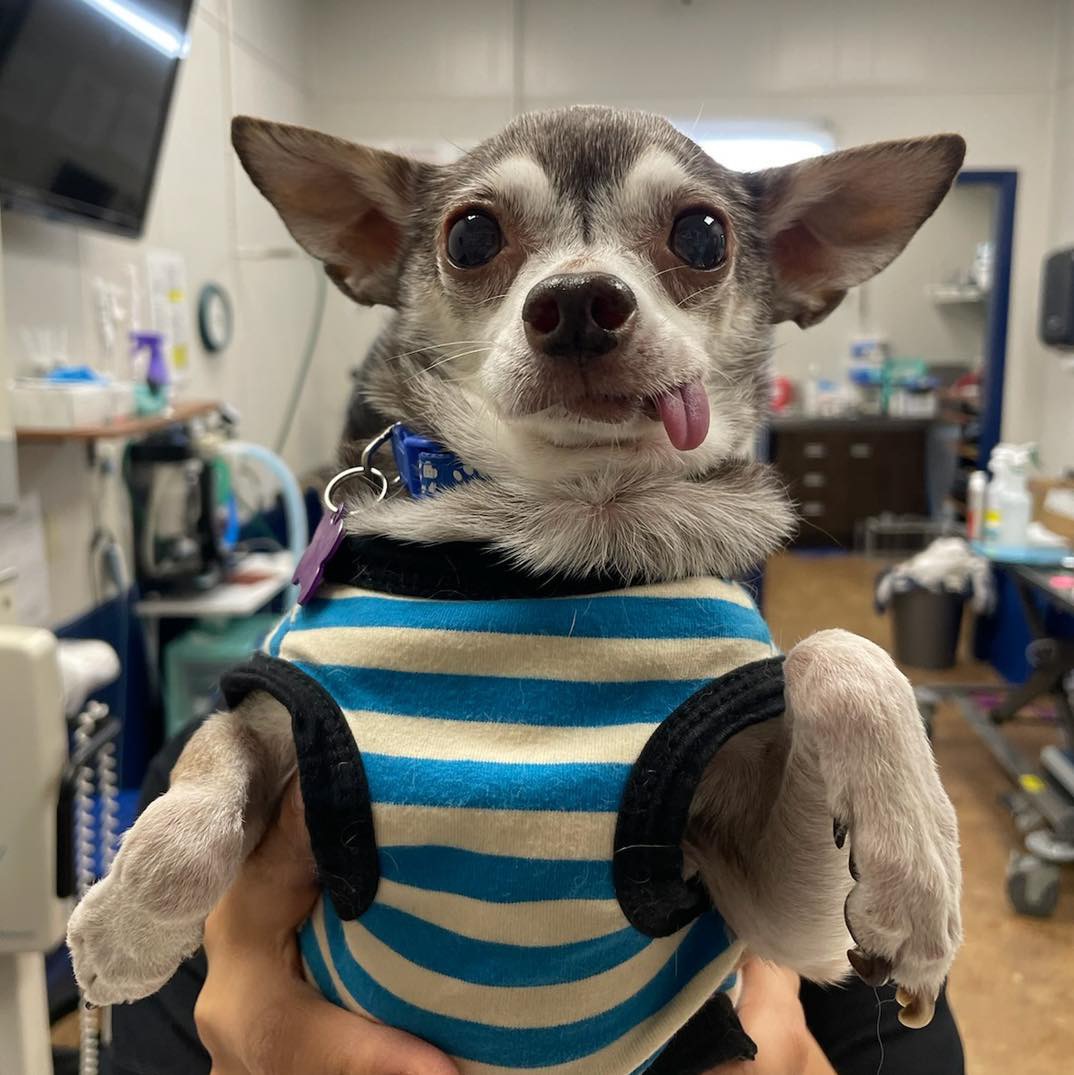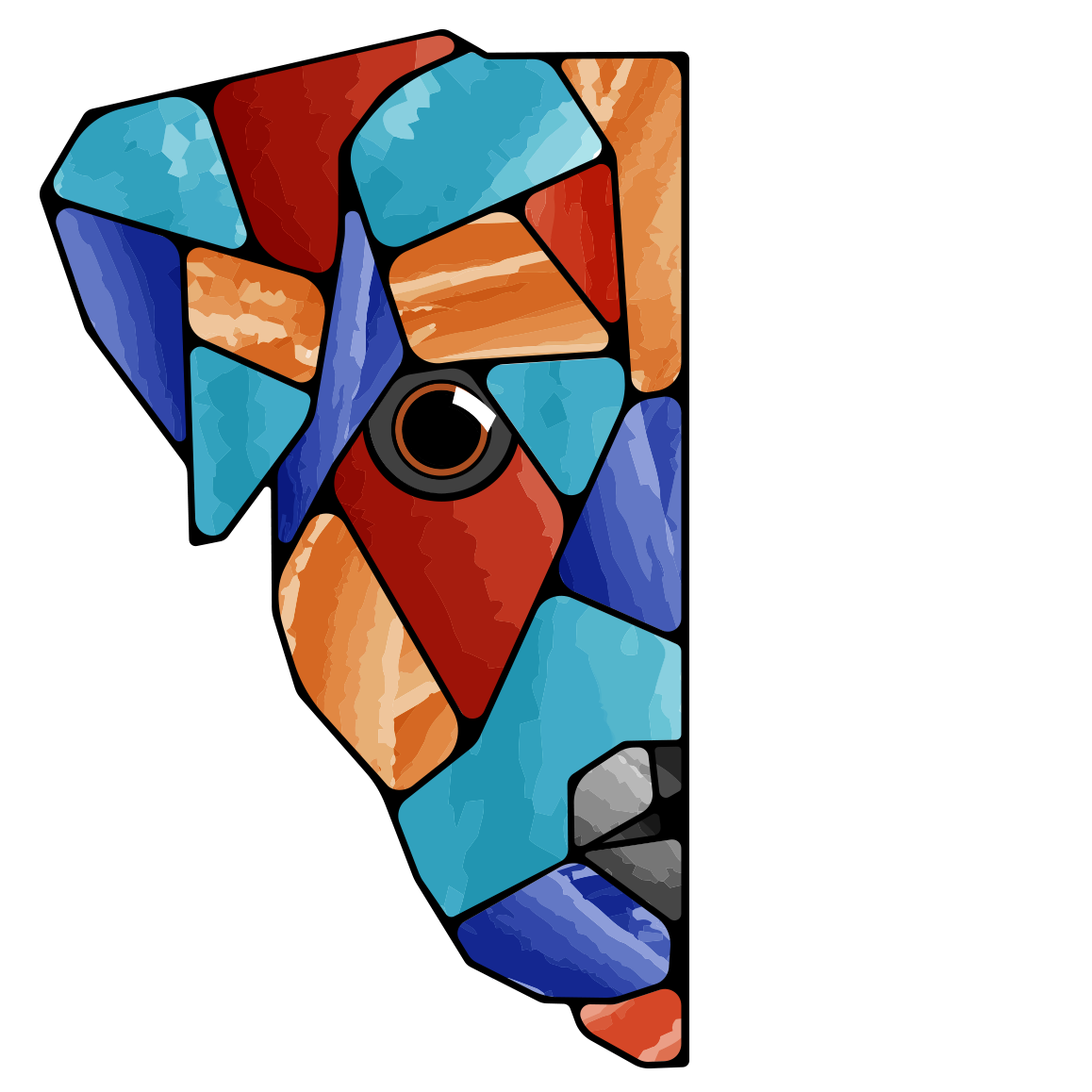Dental disease is one of the most commonly diagnosed conditions in cats and dogs, affecting most pets by the age of 3. Without regular dental care, bacteria can slip below the gumline, leading to pain, inflammation, infection, and tooth loss. Left untreated, severe dental disease can impact your pet’s major organs, including the heart, kidneys, and liver, potentially causing life-threatening health issues. The good news? Dental disease is largely preventable with routine cleanings and at-home maintenance.
Why Dental Care is Important for Pets?
What Happens During a Professional Dental Cleaning?
A professional dental cleaning goes far beyond what can be done at home. The process includes:
- Pre-Surgical Evaluation: Before the procedure, we assess your pet’s overall health and may perform bloodwork to ensure they are safe for anesthesia
- Anesthesia for Comfort & Safety: Anesthesia allows for a thorough cleaning, including under the gemlike, where most dental disease begins. It also keeps your pet stress-free and comfortable.
- Scaling & Polishing: Plaque and tartar are removed from the teeth, and the enamel is polished to prevent further buildup.
- Extractions & Treatment: If diseased or damaged teeth are found, we discuss treatment options and, if necessary, perform extractions to relieve pain and prevent infection
Dental Extractions
Our veterinarian will examine each tooth and surrounding gum tissue to determine if extractions are needed. If there are signs of tooth decay, retained baby teeth, abscesses, root resorption, or other advanced issues, we may recommend removing the affected teeth. While extractions may sound drastic, they often bring immediate relief from pain and help your pet regain their appetite, energy, and joy.
To ensure your pet is as comfortable as possible, we use local anesthesia and divide multi-rooted teeth for a complete and safe removal. Pets recover quickly and often show a noticeable improvement in their behavior and well-being after treatment.
How Can I Tell if My Pet Has Dental Problems?
Cats and dogs are excellent at hiding pain, which makes it easy to miss early signs of dental disease. Your pet may need a dental check-up if you notice:
- Bad breath
- Difficulty chewing or dropping food
- Excessive drooling
- Swollen, red, or bleeding gums
- Loose or missing teeth
- Tartar buildup on teeth
- Pawing at the mouth
- Behavioral changes or reduced appetite
If you notice any of these signs, schedule a dental evaluation right away. Early intervention can prevent more serious health issues and improve your pet’s quality of life.

Common Pet Dentistry FAQ's
What Can I Do at Home to Maintain My Pet’s Dental Health?
Brushing your pet’s teeth daily, providing dental chews, using water additives, and feeding a dental diet can all help maintain oral health between cleanings. Ask us which options are best for your pet.
How Often Should My Pet Have a Dental Cleaning?
Most pets benefit from a professional dental cleaning once per year, though some pets—especially seniors or those prone to dental disease—may need more frequent cleanings. Your veterinarian will make personalized recommendations based on your pet’s age, breed, and dental health.
Do Pets Really Need Anesthesia for a Dental Cleaning?
Yes. Anesthesia allows for a safe and thorough cleaning, including beneath the gumline where most dental disease starts. It also ensures your pet remains still and comfortable throughout the procedure.
Protect Your Pet’s Smile Today
Call us today at Neighborhood Veterinary Centers Webster to request an appointment and get started.
Schedule AppointmentCall Now: (281) 332-3418
